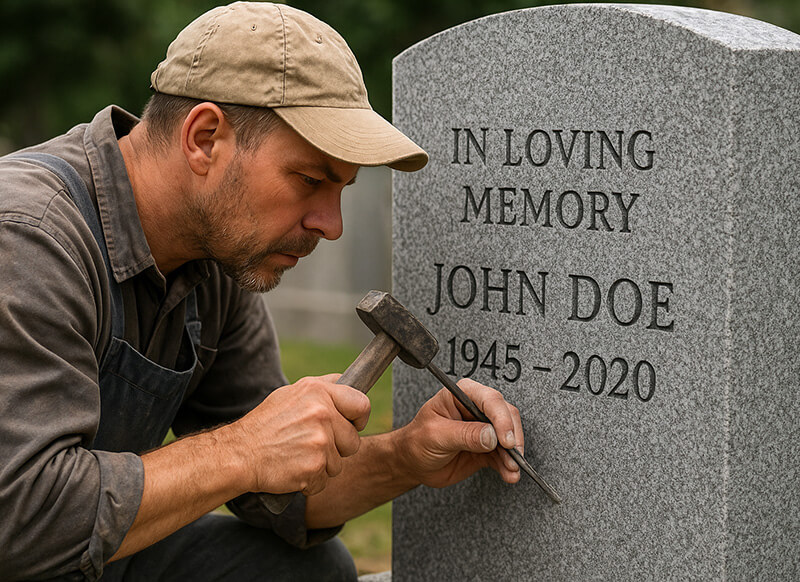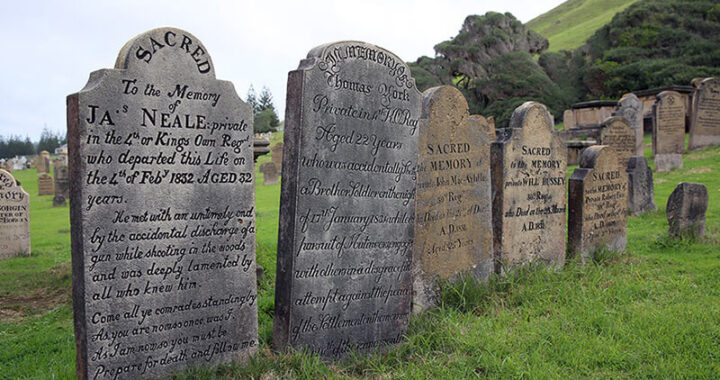What is the Order of Names on Gravestones?
Gravestones carry more than stone and dates. They carry memory, family ties, and history. The order of names on a gravestone (GS) is not random. It follows customs, family wishes, and cultural norms.
Why Order Matters
The way names are placed tells a story. Families want visitors to know who lies there. The order shows respect and keeps record for future generations. In some cases, cemetry records (CR) confirm the way names should be placed.
For exmple, in many parts of Europe, it is common to put the husband’s name first, followed by the wife’s. Dates of birth (DOB) and dates of death (DOD) come under each name. This keeps the stone clear and easy to read.
Common Practices
In the U.S. and Canada, gravestones often list names side by side if a couple is buried together. In Europe, stones may list the husband on the left, wife on the right. In other cases, the elder member of the family comes first.
Some facts:
-
A study from the UK Natl. Archives showed that 70% of 19th century stones list the male first.
-
In France, civil law records (CLR) influenced the order, as men were seen as heads of family.
-
Modern GS show more equality, with many stones now listing names by order of death rather than gender.

A European Example
In a small village in France, the Loustau family gravestone stands with four names. On the left is “Vincent Loustau 1879–1936” and below is “Marie Loustau 1877–1957.” On the right are “Julien Loustau 1911–1966” and “Marguerite Loustau 1912–1957.”
Here, the order follows family lines. Parents are on the left, children on the right. The DOB and DOD are carved with care. This stone not only shows names but also the family tree (FT) in stone.
Cultural and Family Choice
Not all gravestones follow one rule. Some families want the mother listed first. Others place children together even if the parents are elsewhere. Funeral directors (FD) and stone masons (SM) often help guide families on these choices.
In some cemetries, rules (RLS) are written down. The Catholic Church in parts of Spain once required the husband’s name first. In Jewish tradition, Hebrew names may come before English names, no matter the order.
Facts and Evidence
-
Records from the German Genealogy Society (GGS) show that over 80% of family stones before 1950 listed men first.
-
In Denmark, local church records (LCR) confirm that stones often followed birth order within a family.
-
A 2020 survay in Italy found that younger families prefer equal placement of names, often side by side.
Conclusion
The order of names on gravestones is shaped by culture, family wishes, and history. From France to Germany, from the U.S. to Canada, these choices tell a story. The Loustau family stone is just one exmple of how names keep memory alive.
When looking at a gravestone, remember that each line, each order, holds both fact and feeling.

